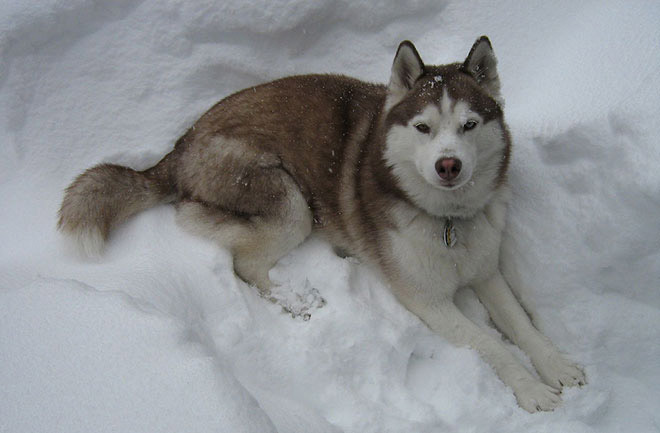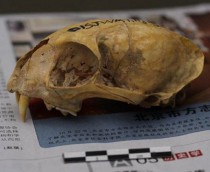Was there a clear relationship between the practice of dog burial and human behaviors?The answer is yes, according to a new study published at PLoS ONE.
An analysis of ancient dog burials finds that the typical prehistoric dog owner ate a lot of seafood, had spiritual beliefs, and wore jewelry that sometimes wound up on the dog.
“Dog burials appear to be more common in areas where diets were rich in aquatic foods because these same areas also appear to have had the densest human populations and the most cemeteries,” lead author Robert Losey, a University of Alberta anthropologist, told Discovery News.
While dog burials worldwide had been researched during the survey, there was a certain focus on the ones located in Eastern Siberia, as this was where the earliest known domesticated dog was found. The area also boasts a continuous history of dog-loving, having the most burials, while the practice there spans across a 10,000-year period.
The researchers found that most of the dog burials in this area occurred during the Early Neolithic 7,000-8,000 years ago. Dogs were only buried when human hunter-gatherers were also being buried. When pastoralists later came through, they did not bury dogs, although they did sacrifice them from time to time.
“If the practice of burying dogs was solely related to their importance in procuring terrestrial game, we would expect to see them in the Early Holocene (around 9,000 years ago), when human subsistence practices were focused on these animals. Further, we would expect to see them in later periods in areas where fish were never really major components of the diet and deer were the primary focus, but they are rare or absent in these regions[…]. I think the hunter-gatherers here saw some of their dogs as being nearly the same as themselves, even at a spiritual level.[…] At this time, dogs were the only animals living closely with humans, and they were likely known at an individual level, far more so than any other animal people encountered. People came to know them as unique, special individuals” Losey continued.
Dog burials can also be quite ceremonious. Two dogs had been buried surrounding a man, one carefully placed to his left, the other to his right. Another dog had been buried with a round pebble -a toy or a meaningful symbol, placed in its mouth, while there are cases of dogs buried with ornaments and implements, such as spoons and stone knives.




